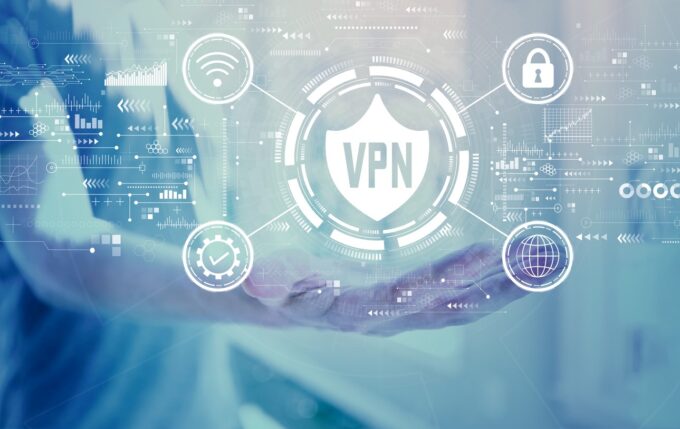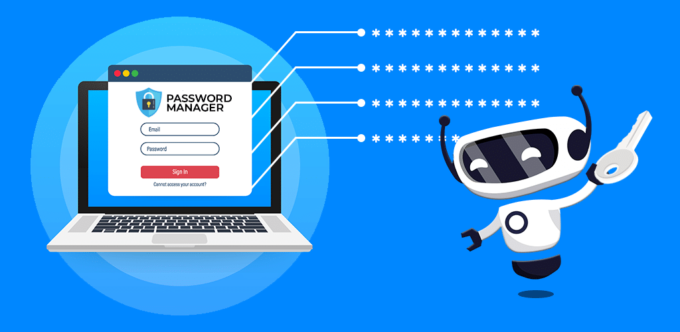Apple products have been long occupied the leading positions on the market. And while the current amount of users already reached millions of people, we expect even more rapid growth in the coming years.
Unfortunately, not only the brand and users want to benefit from this efficient symbiosis. Until recently, malware for MacOS remained a fairly narrow category and included Trojans, scareware, Flashback, etc. However, the increasing number of Mac devices inevitably leads to more viruses and cyberattacks.
Though Apple is known for its special attention to security, and the MacOS security level can be very high, we think it would be wise to take certain preventive measures to protect your Mac from victim fate. What can we do? Let’s find it out together!
1. Always Install Software Updates and Update Your Mac

Surprisingly, the majority of problems aren’t caused by the super powerful and versute hack programs. Most attacks focus on two quite simple vulnerabilities, which are outdated software and the lack of information among common users.
Many of the latest attacks on MacOS exploit vulnerabilities in old or outdated software. The most common exploits of vulnerabilities work with Adobe Reader, Java, Microsoft Office, but other apps can also be easily attacked. The latest Mac programs are much better than previous generations since they offer lots of improvements based on registered incidents. That’s why specialists recommend update software as soon as possible. Please don’t forget to click the Software Update prompt each time you get a notification and, if necessary, restart the machine.
At the moment, MacOS Big Sur is the latest Mac software that allows you to work under the best protection available at the moment.
2. Use IPv6, AirPort, and Bluetooth Only When You Need Them
Turn off IPv6, AirPort, and Bluetooth networking services when you are not using them or don’t need to use them. Almost all hackers firstly try to use these three services as entry points for their attacks. And their constant working, as well as chaotic connection to strange Wi-Fi points, will highly possibly end dramatically for your Mac and private information. Therefore, it will be safer and more beneficial not to turn them on at all until you really need them.
3. Use VPN

When you connect to the Internet, your data is transmitted over an unsecured network. There is nothing easier than track, record, alter, or steal the packets of data, while they «travel» from your computer to the webserver.
VPN encrypting is one of the best ways out for those who need to be sure that no one intercepts the data transmitted on the Internet. VPN service protects any information on the Internet from prying eyes and prohibits interception or alteration.
By the way, the VPN can be applied to various devices. So, if you have Mac or something else, safely try this method.
4. Surf the Internet Anonymously with Secure AntiDetect Browsers
As we’ve already understood, anonymity is the key to security, especially when it comes to hacker attacks and viruses. A reliable AntiDetect browser like ANTBrowser, Indigo Browser, Gologin will greatly help you here.
AntiDetect browsers are analogs of Google Chrome, Firefox, Safari, and other familiar browsers. They provide anonymity in traffic arbitration, guarantee complete confidentiality, substitute browser fingerprints, and allow you to work with several accounts in one profile at once.
5. Use a Sandbox Browser with a Good Security Score

Though Apple develops its own Safari browser, many experts claim it’s not the safest option for Mac users. We’d recommend Google Chrome for various reasons. First of all, Chrome developers update the browser much more often compared to the native Apple Safari browser.
Chrome boasts of its own built-in sandbox and a Flash Player version, which is also equipped with a sandbox. Such construction poses a serious barrier to exploits. Also, Google Chrome automatically updates without user intervention. Such a mechanism eliminates the need to install patches to fix vulnerabilities manually. Make sure Chrome is set as your default browser.
6. Activate Stealth Mode to Keep Your Mac Secure
The latest MacOS Big Sur generation offers an excellent stealth mode for those who are really concerned about security. The mode makes it more difficult for hackers and malware to find your Mac. The turned-on stealth mode makes your computer ignore “ping” requests or connection attempts from a closed TCP or UDP network.
You can find detailed activation instructions on the Apple Support official site.
7. Use a Password Manager to Counter Phishing Attacks

Mac beneficially outstands against Windows, as it features a built-in Keychain password manager. Whenever possible, try to create unique, hack-resistant, complex passwords for accessing resources and store them in the Keychain instead of memorizing simple combinations. If hackers get access to one of the accounts, they will immediately try to apply the password to all other accounts. That’s why using unique secure passwords greatly increases your protection.
For essential passwords, i.e., passwords, hacking of which can lead to financial losses (online banking resources, PayPal, online shopping platforms like eBay, etc.), we recommend applying a separate Keychain. It should offer a password cache timeout set at 3-5 minutes.
8. Create an Account without Administrator Rights for Everyday Use
Your default MacOS account has admin rights. Malware creators know it and can use it to infect your device.
We recommend creating an account without administrator rights for everyday use, while your admin account will be used only when it’s really necessary. To create a new account, select Accounts in the System Preferences menu. Apply it for routine tasks like email checking and surfing on the Internet. These simple tips will minimize the damage that the latest threats and drive-by malware attacks can cause.
Conclusion

We all believe that viruses and cyberattacks are something that will never happen to us. Unfortunately, such assurance and idleness usually lead to deplorable consequences.
Once again, our unawareness and laziness concerning regular OS updates are true gifts for hackers. Be prepared and never allow others to benefit from your losses. If you follow the tips above, keep your software up to date, and be prepared for attacks, your chances of becoming another victim of hackers will be significantly reduced.










